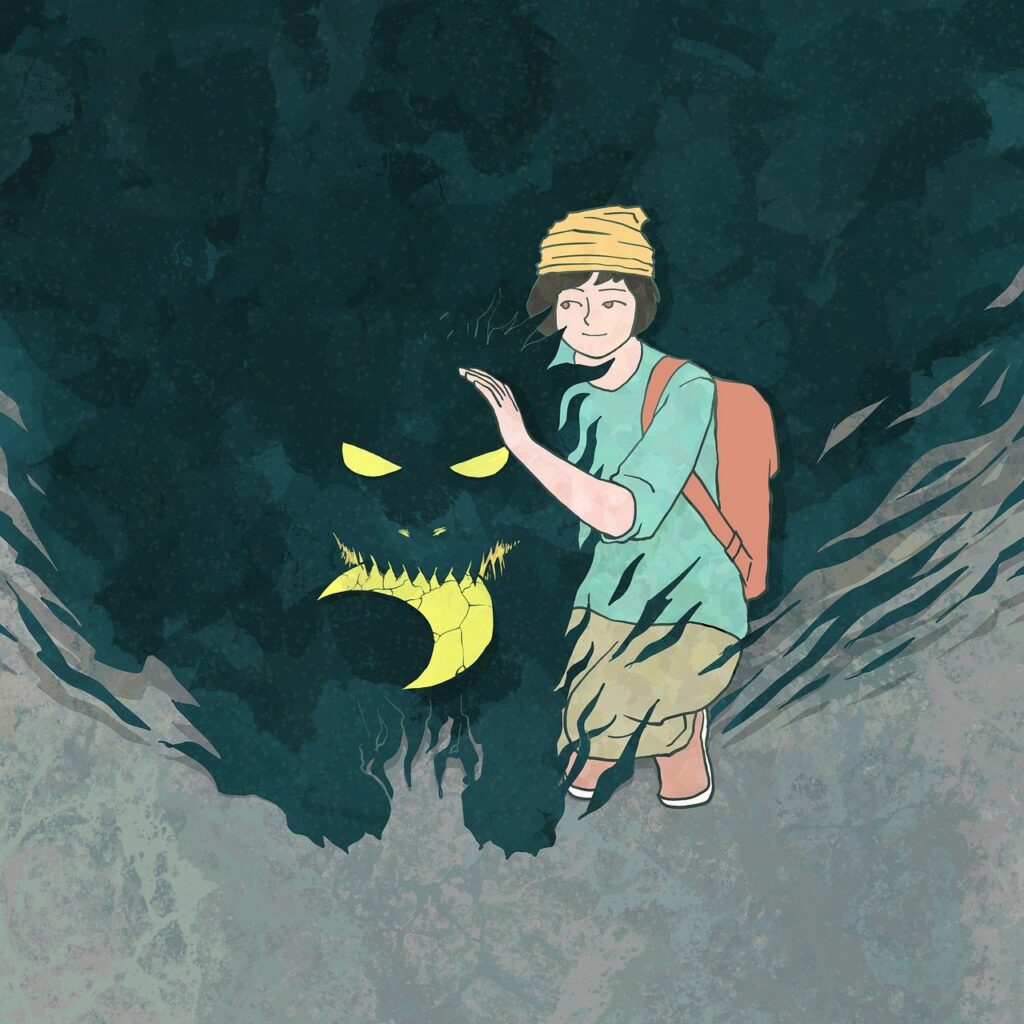A cultural and economic meditation on why creativity is no longer a luxury, but the language of survival.
The most valuable asset in business today isn’t capital or code—it’s the courage to imagine differently.
In an era defined by rapid technological change and relentless market disruption, creativity has quietly moved from the periphery of corporate strategy to its very core. Once relegated to the realm of “nice-to-have” artistic flourishes, creativity now stands as a fundamental pillar of commercial success—one that influences not just aesthetic appeal but revenue growth, market positioning, and long-term resilience.

1. The Economic Force of Creativity
Recent studies paint a striking portrait: companies that cultivate creative capacities are 3.5 times more likely to surpass their peers in revenue growth, with 58 % of highly creative firms exceeding 10 % growth—compared with only 20 % of their less imaginative counterparts. This isn’t about brainstorming buzzwords; it’s about measurable financial impact. In environments where creativity is woven into strategy, firms report 1.5 times the market share of less inventive competitors1.
At scale, this impact is tectonic. The global creative economy—spanning industries from design to entertainment—now represents a $2.25 trillion annual market and employs nearly 30 million people worldwide2. In the United States alone, the creative sector contributed over $730 billion, accounting for 4.2 % of GDP in 2014, and has since expanded by an estimated 35 % since the late 1990s2. Forecasts predict continued growth, projecting the creative industries’ market value to surge from $2.9 trillion in 2024 to over $4 trillion by 2032, at a compound annual growth rate of 4.29 %3. These are not ephemeral trends—they are structural currents reshaping the global economy.
2. When Creativity Means Commerce
If creativity connotes freewheeling artistry, its business application is often misunderstood. In a commercial context, creativity is better understood as a disciplined confluence of three forces: desirability (appeal to customers), viability (financial sustainability), and feasibility (technical capability). In navigating this terrain, the creative process reveals itself in five distinct stages:
- Preparation: Immersing in data, context, and challenge.
- Incubation: A period of subconscious reflection.
- Illumination: The sudden insight—less theatrical than essential.
- Evaluation: Assessing relevance and scalability.
- Implementation: Bringing an idea into the marketplace—where gravity meets resolve4.
Viewed this way, creativity becomes an iterative strategy—not a spontaneous act.
3. Monetizing the Magic
Creativity rarely pays off by default—it requires intention, structure, and fiscal clarity. Key strategies include:
- Crafting a robust business plan rooted in market insights, audience understanding, and sustainable revenue models5.
- Building a brand identity that is both distinctive and emotionally intuitive5.
- Developing diversified revenue streams: direct sales, subscriptions, licensing, consulting, merchandising, sponsored content, even crowdfunding. The goal isn’t novelty—it’s resilience6.
Execution follows a disciplined path: validate ideas through careful research, articulate a compelling narrative, engage audiences through digital platforms, and iterate responsively. Each step demands mindful rigor—not starry-eyed idealism.
4. Measuring What Matters: ROI and Beyond
Traditional ROI—tracking revenue, profit margins, and market share—offers clear metrics. Yet creativity often plants deeper roots in brand equity, consumer loyalty, and cultural resonance. Recognizing this, many firms have introduced Return on Creativity (ROC) metrics to capture longer-term, intangible benefits7. This isn’t a rejection of profit—it’s a reframing: investments in creativity are measured not just in financial returns, but in enduring influence.
5. Navigating the Headwinds
Creativity in business remains unevenly valued. Despite mounting evidence, only about 11 % of corporate executives identify their companies as creative—leaving a vast opportunity untapped1. Creative professionals often struggle to gain recognition, budget, or strategic weight. Overcoming this requires:
- Leadership that champions experimentation and normalizes missteps8.
- A culture that supports psychological safety and interdisciplinary collaboration8.
- Physical and virtual spaces designed to encourage serendipity and cross-pollination.
6. The Convergence of Creativity and Technology
Artificial intelligence and automation are not replacements for human imagination—they are accelerants. When thoughtfully combined, AI can reduce production inefficiencies by up to 75 %, enabling creators to prioritize imagination—while delivering personalization at scale. The most powerful innovations emerge not from trade-offs, but from synergy: algorithmic excellence coupled with human meaning-making9.
Conclusion
Declaring creativity a mere “soft skill” or decorative flourish is not only outdated—it’s myopic. In today’s most dynamic enterprises, creativity is both a strategic asset and an operational imperative. It demands rigor: research-grounded insights, iterative structures, and metrics that marry tangible results with intangible influence.
That these practices—research, cultural intention, digital fluency, disciplined experimentation—mirror traditional business methods is no coincidence. Creativity is not outside the system; it enriches it. It sharpens strategy, deepens identity, and sustains relevance.
To the future of commerce, creativity is not an indulgence—it is essential. Those who recognize this will not just compete—they will define what comes next.
Footnotes
- “How creativity impacts business results” – Adobe (2015), highlighting 3.5× revenue growth and 1.5× market share. ↩ ↩2
- Upstart Co-Lab / UNESCO: global creative economy worth $2.25 trillion with 29.5 million employed. ↩ ↩2
- Global Growth Insights: creative industries market projected from $2.9 trillion in 2024 to $4.06 trillion by 2032 (CAGR 4.29%). ↩
- IMD on the five-stage creative process. ↩
- StrategyDriven and Thriday: business plan, brand identity, and market-aligned creative strategy. ↩ ↩2
- Maven and Board of Innovation: revenue-model innovation, including subscriptions and licensing. ↩
- WARC: the concept of Return on Creativity (ROC) versus traditional ROI. ↩
- Cosmico and Dummies cheat-sheet: fostering creative culture and psychological safety. ↩ ↩2
- Incubeta insights: AI + human creativity cuts inefficiency by ~75%. ↩
